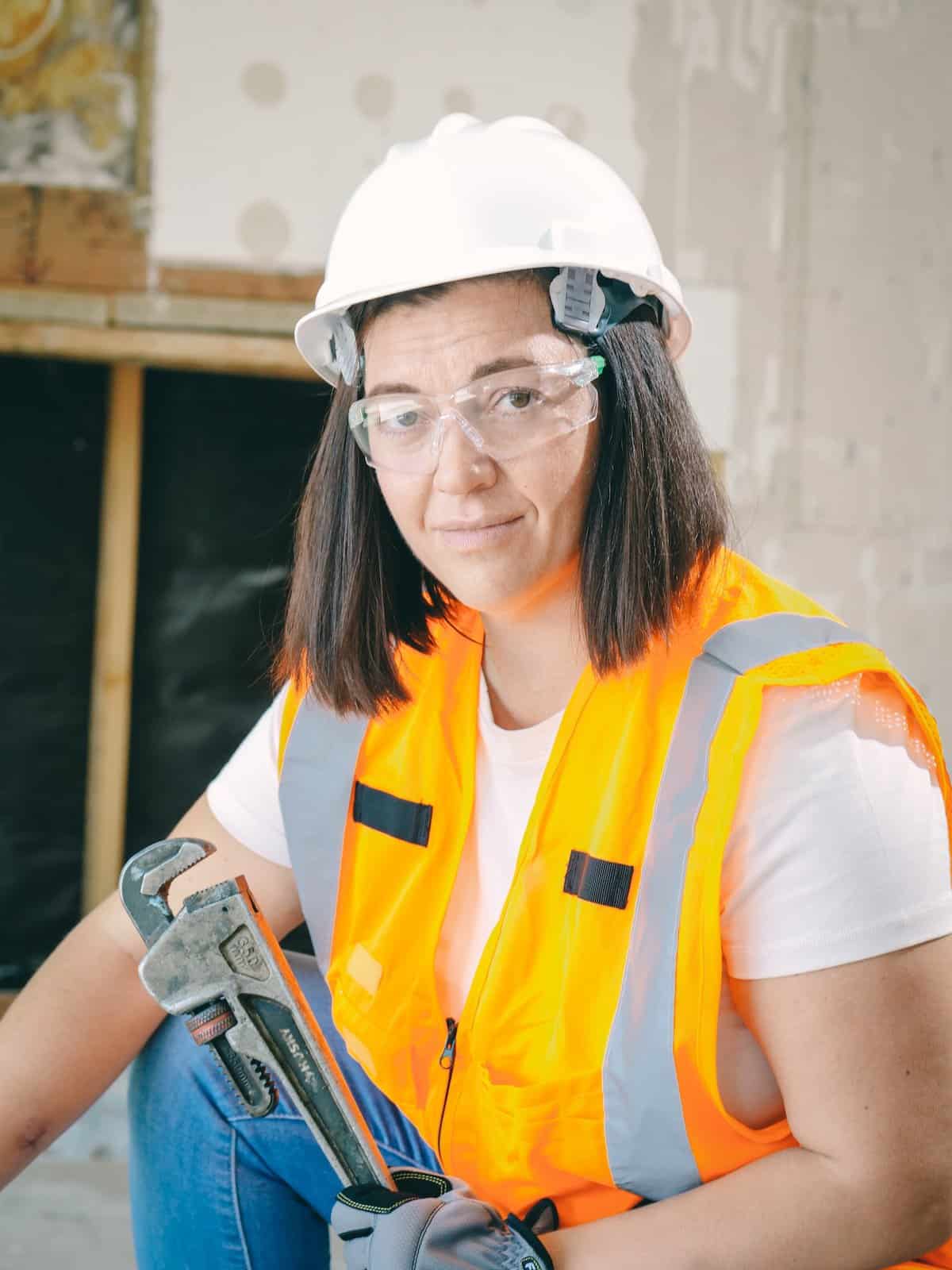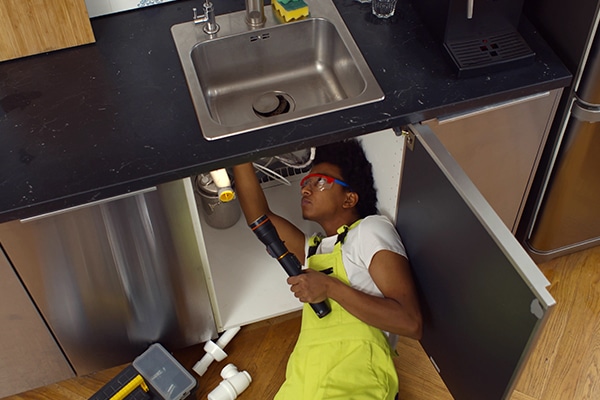A Detailed Guide to Efficient Hot Water Heater Installment for Ideal Performance
Embarking on the task of mounting a water heating unit is an endeavor that demands precision and an organized method for attaining optimal efficiency. As you proceed, the ins and outs of attaching water supply lines and establishing up trusted electric or gas connections await, appealing understandings right into guaranteeing performance and integrity.
Picking the Right Water Heater

Following, consider the size and capability of the hot water heater. It's crucial to analyze your household's warm water needs, which can vary based on the number of passengers and their use patterns. A system that's also small may result in inadequate warm water, while a large model could cause unneeded power intake.
Performance ratings also play a critical role in selection. Look for hot water heater with high Energy Factor (EF) ratings, showing premium efficiency and lowered power usage. Tankless designs, though usually much more expensive upfront, deal significant power financial savings with time because of their on-demand heating capabilities.
Preparing the Installation Location
Prior to setting up a new water heating system, thorough preparation of the setup location is necessary. This makes sure a smooth installment procedure and assists stop future difficulties (Plumbing Services Alabaster AL). Begin by picking an appropriate place that abides by neighborhood building ordinance and safety criteria. The location must be dry, well-ventilated, and obtainable for maintenance. It's essential to measure the room carefully to suit the hot water heater's dimensions, making sure adequate clearance around the device for efficient operation and maintenance.
Next, remove any kind of debris, dirt, or obstructions from the site to produce a clean atmosphere. Examine the floor for stability, as the water heating system will require a strong, level surface to operate efficiently. If needed, set up a drip frying pan underneath the unit to capture prospective leakages or spills, preventing water damages to the surrounding area. In areas vulnerable to seismic activity, take into consideration setting up seismic bands to protect the heater firmly in area.
Additionally, ensure that all required tools and materials are on hand prior to commencing the installation. This consists of things such as wrenches, screwdrivers, a degree, and any added equipment needed for safeguarding the heater and mounting. A well-prepared setup area sets the foundation for an effective hot water heater configuration, optimizing performance and security.
Connecting Supply Of Water Lines
When linking water lines to your freshly mounted hot water heater, it is critical to ensure that all links are safe and secure and leak-free to preserve efficient procedure and avoid water damage. Begin by determining the cold and hot water system lines. The cool water inlet is commonly noted with a blue label or a "C", while the warm water outlet is marked with a red label or an "H".
Usage adaptable water heating system connectors to assist in a simpler setup procedure. Prior to attaching the adapters, put a plumber's tape around the threaded ends of the water heater's inlet and electrical outlet pipelines.
When links are in place, slowly transform on the major water system valve. Examine each link for leakages by visually really feeling and inspecting for dampness. Tighten links as required, and ensure the pressure relief shutoff is appropriately set up, securing versus extreme pressure build-up.
Establishing Electrical or Gas Links
Correctly establishing the electrical or gas connections for your water heating unit is an important step to ensure safe and efficient procedure. For electrical water heating units, begin by confirming that the electric circuit works with the heater's voltage and amperage needs. Ensure the power supply is shut off at the circuit breaker to avoid accidents. Connect the electric cables to the heating system complying with like it the manufacturer's electrical wiring representation. Typically, this involves linking the ground cable to the environment-friendly terminal, and the staying cables to their corresponding terminals, securing each with wire nuts.
For gas hot water heater, security is vital. Verify that the gas supply is off before proceeding. Link the gas line to the water heater using a flexible gas port, guaranteeing it is correctly threaded and sealed with pipe joint substance or Teflon tape ideal for gas links. Tighten the connections with a wrench, taking care not to over-tighten (Plumber Alabaster AL).
When links are made, inspect for any kind of potential leaks. For gas lines, apply a soapy water remedy to the joints; bubbles suggest a leak. For electrical connections, verify that all wiring is protected and effectively shielded, preserving conformity with local electrical codes.
Changing and checking for Effectiveness
With the electrical and gas links firmly in position, the following action is reviewing the operational efficiency of your water heating unit. Begin by meticulously switching on the supply of water and ensuring there are no leaks at any one of the shutoffs or joints. As soon as validated, proceed to fill up the container, focusing on the pressure and temperature see page level settings. It is recommended to establish the thermostat to a recommended temperature level of around 120 ° F(49 ° C) to balance energy efficiency and comfort.
Following, do a thorough assessment to make sure the heating components or gas heaters are functioning appropriately. For electric heaters, make use of a multimeter to confirm if the components are drawing the appropriate current. In gas models, observe the burner flame; it ought to be steady and blue, showing effective burning.
Readjust the setups as necessary to eliminate inadequacies. Think about executing insulation steps, such as adding a hot water heater blanket, to additionally boost performance by minimizing warmth loss. Furthermore, inspect the anode pole's condition, as a worn-out rod can reduce efficiency and lead to storage tank deterioration.
Conclusion
Efficient hot water heater setup is crucial for making certain optimal performance and power financial savings. By choosing the proper kind and size, and carefully preparing the installation location, a foundation for success is established. Firmly attaching water system lines and carefully establishing electric or gas connections reduce prospective concerns. Thorough testing for leakages and specific thermostat changes to 120 ° F improve reliability and efficiency. Abiding by these actions advertises long-lasting performance and power preservation in domestic water heater.

Appropriately setting up the electrical or gas links for your water heating system is an essential step to make sure effective and secure procedure. For electric water heating units, start by confirming that the electric circuit is compatible with the heating system's voltage and amperage needs. Attach the gas line to the water heating unit using a versatile gas port, guaranteeing it is properly threaded and sealed with pipeline joint substance or Teflon tape appropriate for gas connections.